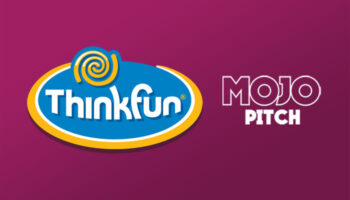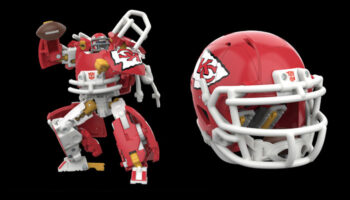Lewis Shaw on the eclectic nature of the Braincrack Games portfolio
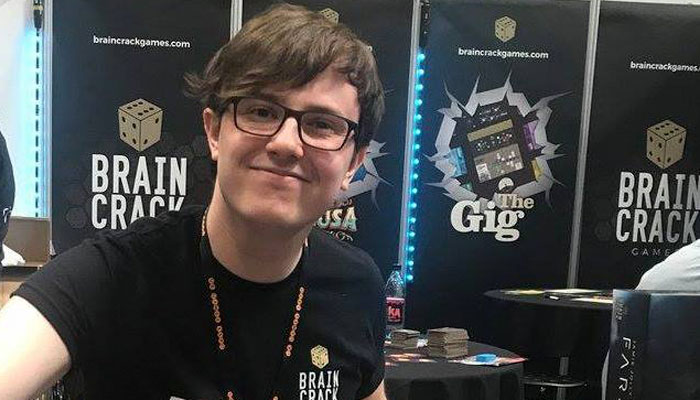
Braincrack Games began as a secret project for Lewis Shaw while he was at university and in just a few years, he’s transformed the firm from bedsit-sized zero-budget start-up to a certifiable industry player.
In the space of just a few years, the firm has enjoyed had a sold out run of its first game Downsize, launched several new games, and now boasts a team of 20 plus members across eight different countries.
With an eclectic portfolio of titles spanning kitschy family-friendly games, crunchy Euros, jazzy puzzlers, and even wargaming, we caught up with Shaw to find out what makes a game Braincrack-material and why he feels we’re in a ‘golden age’ of game design.
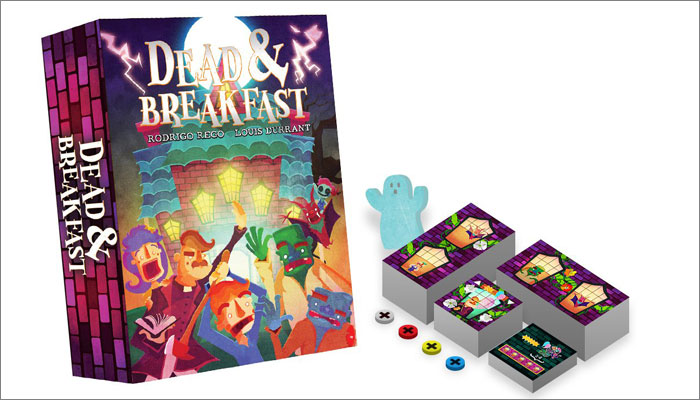
Where did Braincrack Games originate?
We started the company when I was still at university – I’d decided to try designing games, and after a few failed attempts, we launched our first, Downsize, on Kickstarter. It did pretty well! Suddenly, we were an actual games publisher.
I had to keep the company a secret from my lecturers at university – they were shocked when I showed them everything after I graduated!
Why the name Braincrack?
I think all creatives will be able to sympathise with the feeling of being distracted from the thing you need to work on because you’re obsessed with another idea – that’s what a ‘braincrack’ is! An addictive thought, often slightly destructive, but nonetheless able to produce great stuff.
It started off being about what was distracting me from my university work, but it’s blossomed into a way for other creators to get the treatment and exposure their ideas deserve. We mainly work with first-time designers; people who have passion for their projects that we can then share with them.

Your first game was Downsize – where did the idea for that come from and how has your approach to design changed from that game?
It’s a game about firing people to make money, and then shutting down a company before the market crashes so you can keep all the money yourself – lots of people ask me if that came from a bad experience, but it’s probably just me being cynical!
And despite the heavy-sounding theme, it’s a very light game – colourful, quick to play, and easy to learn. I was designing it for the people I played games with at the time – students, friends, family. It needed to be easy to grasp. As I’ve gotten further into the hobby, we’ve started to make more ‘gamer-games’ that reward strategy, but we’ve worked hard to not get away from that easy to learn ethos.
Since then, Braincrack has published an eclectic line of games. What do you look for when searching for a new concept to publish?
When Jamie Jolly pitched us Farsight (a massive war-game about mechs and assassins) it was so different to anything we’d done before – at that point, we’d made two pocket-sized family games, and he was pitching us this box that you could fit a cat in. We thought he was crazy, but the game blew us away, and we thought ‘we have to have this!’
It’s about passion, too – Jamie had spent eight years designing Farsight. It was dear to him. When Rodrigo Rego pitched us Dead & Breakfast (a game about building a haunted hotel) he was on the other side of the Atlantic, in Brazil, but he sent a friend to meet us and explain the game to us.
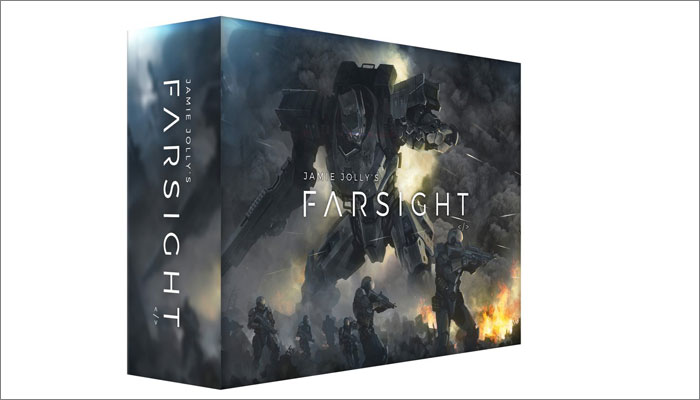
Is there a common element that unites all of Braincrack’s portfolio?
At first, we look for something that we’ve not seen before – it could be a mechanic, a theme, or an unusual component. But once we get the prototype, it’s all about experience – we’ll play the game with everyone: friends, family, neighbours, gamers, non-gamers, children and grandparents.
We want each thing that we publish to be playable – even if it seems intimidating at first, or if people say, ‘I’m not sure that’s a game that’s meant for me’ – by anyone.
We signed a Euro-game from the designer Fabio Lopiano (Calimala) and it looks like a Euro – and has that slight air of intimidation or complicatedness that goes with the genre – but when we exhibited the game at UKGE this year, we had an eight-year-old boy play it and he thrashed us!
I think it’s that broad appeal that we look for – even if it’s not what people would consider a ‘mainstream’ or ‘family’ game. We put a lot of faith in players, in that way.
What new titles are coming out from Braincrack this year?
Next up is a reprint of Downsize, with all our experience playing it at conventions poured into making it better than ever before. Then we have two all-new releases: Ragusa, a Euro-y worker placement about building Dubrovnik in the 15th century, and The Gig, a dice-drafting game about being in a jazz band.
Like you said – eclectic!
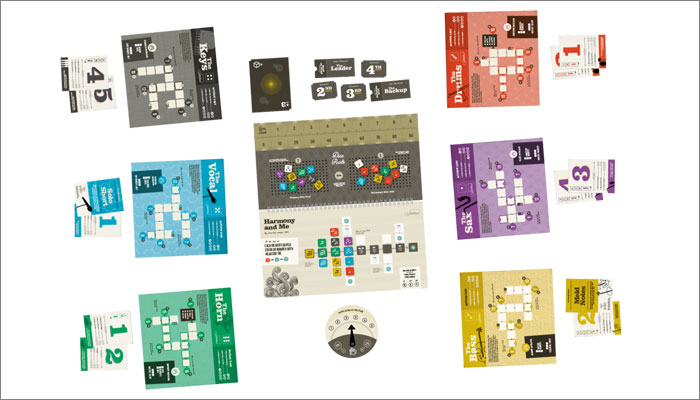
How do you assess the state of creativity in the games space at present?
Honestly – and I know this sounds gushy – but I think we’re in a golden age.
When I was talking to people about UKGE, and should have been promoting Braincrack, I kept ending up going off on tangents – asking what people wanted, and then invariably recommending someone else’s game! Everyone’s seemingly got a unique idea, and on the scene – especially in the UK – there’s an attitude of ‘go make it!’ There’s very little serious competition, everyone wants to see the cool ideas get made.
Certainly, the market is saturated – but gaming is an industry that will ultimately thrive from that. It’s not like a consumer market, where having 50 types of mop will only be an inconvenience. When there’s this much quality product to choose from, everyone gets to be a connoisseur. Which is appropriate, considering board games are all about introducing your friends to things!
















